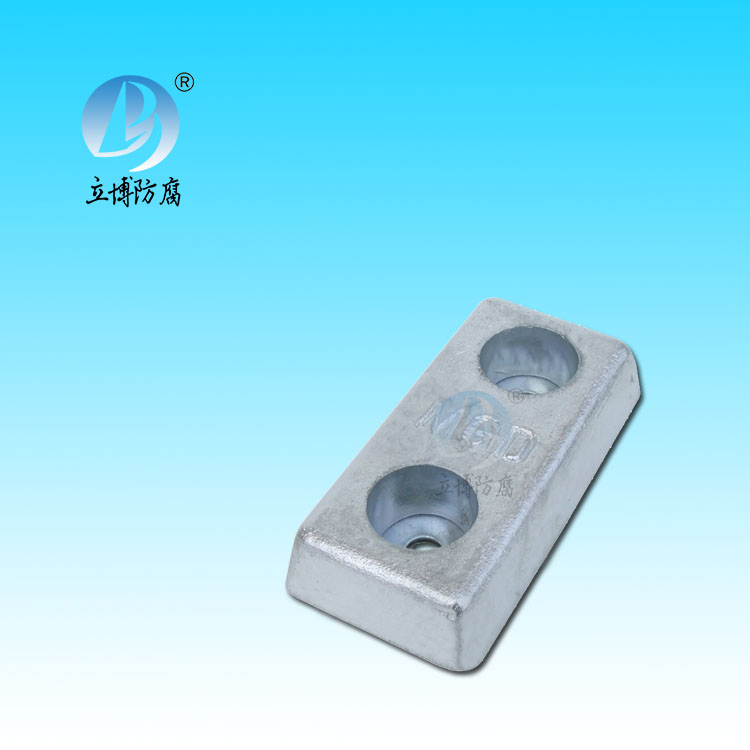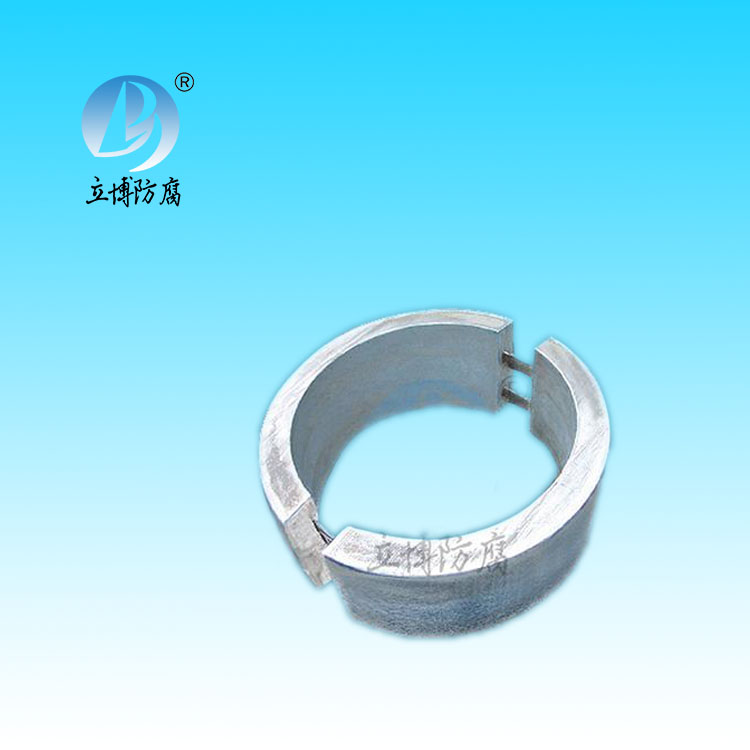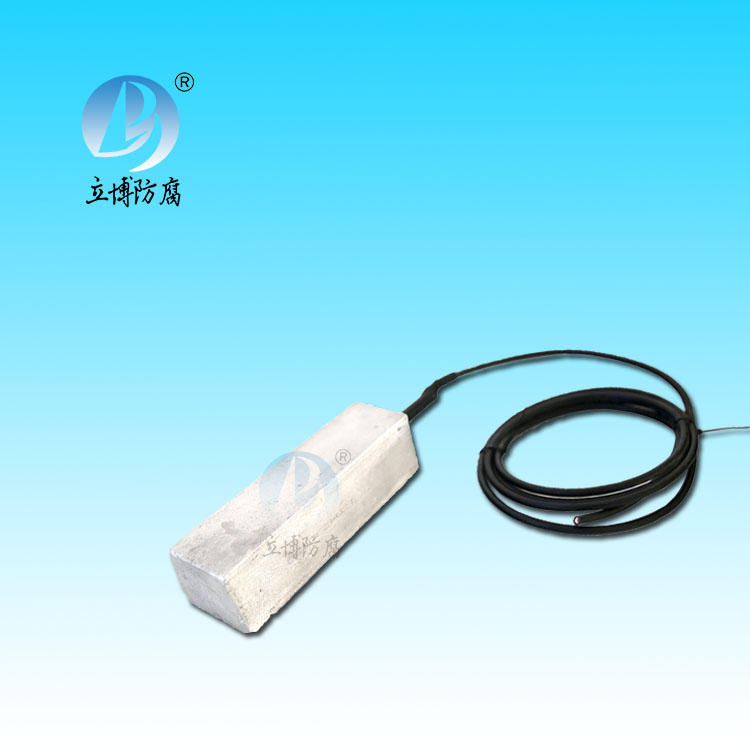News
News
- What is a sacrificial anode
- Basic requirements for reference...
- What does the reference electrode do...
- Why are zinc blocks attached to the ...
- What is the principle of impressed...
- What material does metal structure...
Contact
Phone:18739187123
hotline:0391-7588881
E-mail:970512272@qq.com
Address:Wuzhi County, Jiaozuo City, China
Company News
Chemical and physical properties of anodic oxide films on aluminum
- Author:Libo
- Source:wwww.godsgracesalon.com
- Date:2021-06-11
- Click:0
The following is the performance of the anodic oxide film on aluminum.
(1) The chemical composition of the anodic oxide film is equivalent to -A12 03. In the aqueous solution above 70℃, the oxide film absorbs the volume expansion of the water of crystallization and generates 1 to 3 parts of the oxide of the water of crystallization.
(2) The oxide film is an amorphous oxide.
(3) The anodic oxide film is a transparent oxide with an index n between 1.60 and 1.65 [121].
(4) the anodic oxide film is a non-conductive material with a specific resistance of more than 10 M12 "cm at 1000V.
(5) The hardness of anodic oxidation film of sulfuric acid is about HV2300
The properties of anodic oxide films can be changed by changing anodic oxidation conditions or by retreatment of anodic oxide films. Figures 1-8A and B show this situation.
After the anodic oxide film is formed, if it is continued to be placed in the electrolytic solution, the inner surface of the micropore will be uniformly dissolved, thus increasing the diameter of the micropore. The dissolution rate varies with the type of electrolytic solution, and the order of the dissolution rate is:
Figure 1- 8A shows an idealized model variation with possible porosity expansion. For this reason, in most cases, the amount of dye impregnated in the hole or the amount of metal electrolyzed out will increase.
Once the anodic oxide film is formed on the aluminum matrix, the thickness of the barrier layer can be adjusted by changing the applied voltage under a given anodic oxidation condition, and the change of the thickness of the barrier layer can reflect the new anodic oxidation condition. Figure 1-8b shows this change, which is also known as the recovery phenomenon [13]O
In fact, once the anodic oxidation film is generated, the current is immediately disconnected, and the applied anodic oxidation voltage gradually decreases, resulting in the thinning of the barrier layer. If the part is taken out then, it will cause the thickness of the part to change. However, it is possible to adjust the thickness of the barrier layer by carefully controlling the condition of voltage change, which opens a way for the optimization of the next coloring process.
Under the condition of dc anodic oxidation, the thickness of the barrier layer is generally 1.1-1.4 nm/V. It thickens with the increase of applied voltage. In the case of hard anodic oxidation or using organic acid electrolytic solution, the voltage of electrolytic cell is generally high. The thickness of the barrier also increases, reflecting better chemical resistance, a principle that has been used in industrial applications of anodized alumina components.







 客服QQ
客服QQ